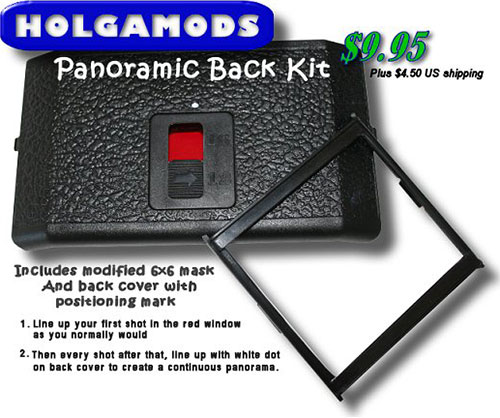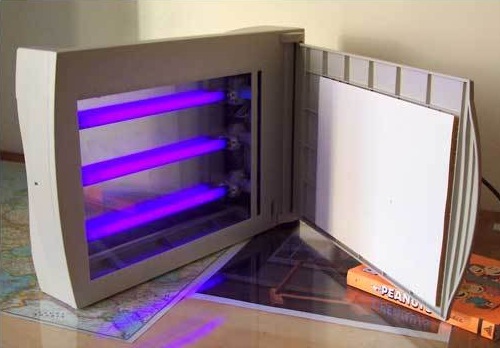Gregg Kemp interviews Wayne Martin Belger:
I first saw a photo of one of Wayne Belger’s pinhole cameras and the images he was making with it last fall. It simply blew me away. Belger had made a pinhole camera from the 150 year old skull of a 13 year old girl that someone had sent him. Belger combined the skull with high-tech aircraft aluminum and jewels, then used the camera to take pictures of roadside shrines and children’s playgrounds…
Continue reading at Pinhole Visions


